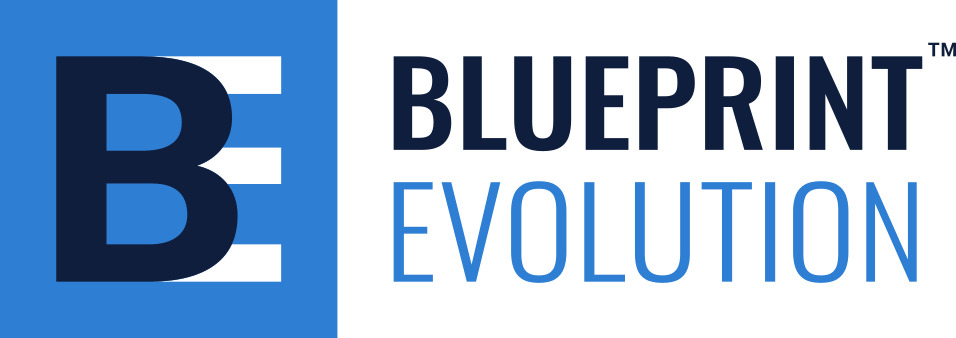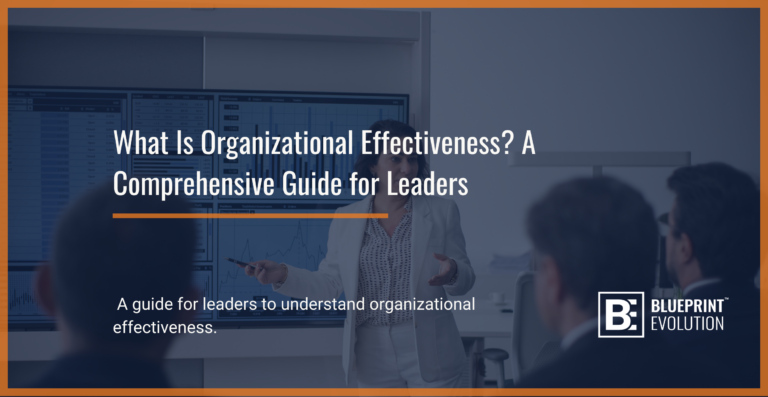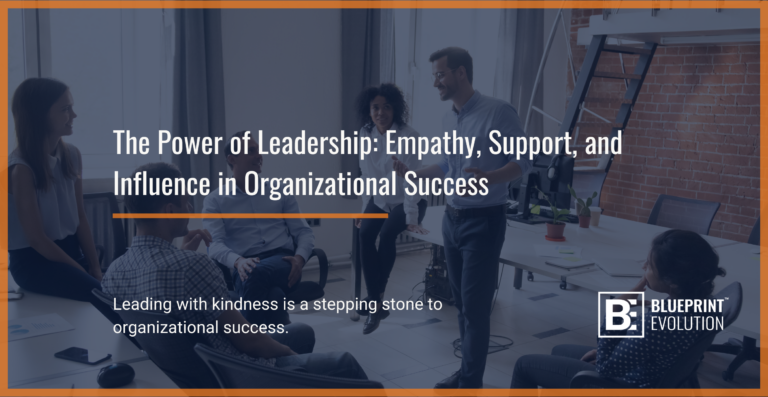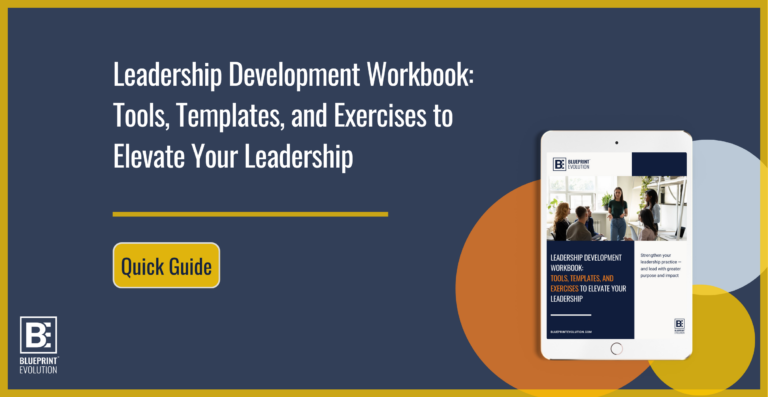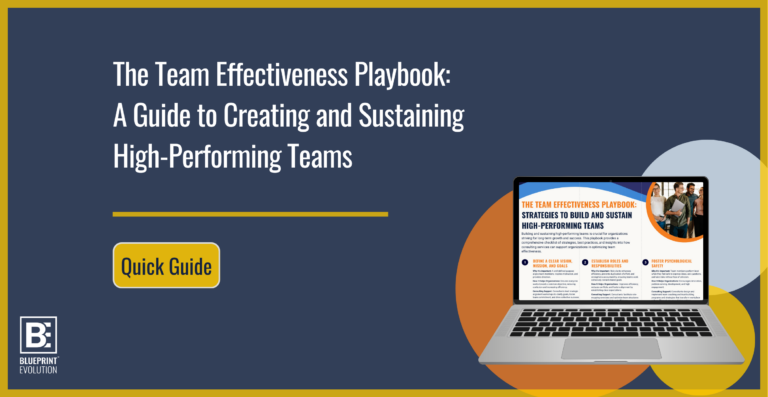Transform Your Organizational Structure for Maximum Effectiveness
In today’s fast-paced business environment, having a clear and efficient organizational structure is vital for success. Our consulting service focuses on examining your organizational structure and defining roles and responsibilities to ensure your departments, teams, and individuals are optimally organized. This alignment is key to enhancing coordination, streamlining workflows, and boosting overall performance.
Why Structure and Roles Matter
Examining and refining your organizational structure is crucial because it:
- Enhances Coordination: Clear roles and well-defined responsibilities improve communication and collaboration across teams.
- Streamlines Workflows: An optimized structure ensures efficient task distribution, reducing bottlenecks and enhancing productivity.
- Reduces Redundancy: Clear definition of roles and areas of ownership prevent overlapping duties, minimizing wasted efforts and resources.
- Boosts Performance: A well-organized structure aligns efforts with strategic goals, leading to improved outcomes.

The Blueprint Method
Statistics show the tangible benefits of a well-structured organization:
- Increased Productivity: Companies with clear organizational structures see a 20% increase in overall productivity.
- Higher Employee Engagement: Clear roles and responsibilities lead to a 15% increase in employee engagement and satisfaction.
- Better Financial Performance: Organizations with defined structures report a 25% higher profitability compared to those with unclear structures.
Don’t let an inefficient structure hold your organization back. Contact us today to learn how our consulting services can help you develop a robust organizational structure and clearly defined roles that drive strategic success.
OUR ORGANIZATIONAL EFFECTIVENESS CONSULTING SOLUTIONS
Train Your Teams for Success
Successful change management requires visible and active support from organizational leaders. Leaders play a key role in setting the tone, demonstrating commitment, and guiding the organization through the change process. Their involvement helps build trust and confidence among employees.
Develop your Teams, Inclusively
Providing the necessary training and support to ensure employees have the skills and knowledge required to adapt to the changes. This may involve workshops, coaching, or other educational programs to enhance capabilities and confidence during the transition.
Prepare and Plan for Thriving During Change
Assess your organization’s readiness for change while developing a comprehensive change management plan. This includes identifying potential challenges, developing strategies to mitigate resistance, and outlining the specific steps and milestones of the change initiative.
Learn How to Better Engage Your Teams
Engaging employees in the change process fosters a sense of ownership and commitment. This involves soliciting input, addressing concerns, and involving employees in decision-making where possible. Participation creates a more positive and collaborative atmosphere.
Effective Communication is Transparent
Effective communication is crucial during times of change. It involves transparently conveying the reasons for change, the anticipated benefits, and the impact on individuals and the organization. Regular updates and open channels for feedback are essential.

Examining the organizational structure and defining roles and responsibilities is crucial for organizational effectiveness because it ensures that departments, teams, and individuals are optimally organized and interact efficiently. Clarifying roles and improving the structure enhances coordination, streamlines workflows, and optimizes performance. This alignment helps prevent confusion, reduces redundancy, and ensures that all parts of the organization work cohesively towards common goals, ultimately improving overall productivity and effectiveness.
Evaluating and designing efficient processes and workflows is essential for organizational effectiveness because it directly impacts productivity and operational efficiency. Analyzing how work is carried out, identifying bottlenecks, and streamlining procedures helps to eliminate redundancies and improve coordination. This optimization enhances overall efficiency, reduces errors, and accelerates achievement of organizational goals, leading to better performance and competitive advantage.
Assessing the organizational culture and values is vital for organizational effectiveness because it influences the workplace environment and employee interactions. Understanding the shared beliefs, behaviors, and values that define the culture helps ensure alignment with organizational goals and fosters a positive work atmosphere. A strong, cohesive culture enhances employee engagement, drives collaboration, and supports retention, ultimately contributing to improved performance and achieving strategic objectives.
Examining communication channels and collaboration mechanisms is crucial for organizational effectiveness as it affects the flow of information and decision-making processes. Assessing these elements helps uncover gaps or inefficiencies in how teams and departments interact. Effective communication and collaboration improve coordination, strengthen relationships, minimize misunderstandings, and create a more agile organization, ultimately enhancing problem-solving, driving innovation, and boosting overall performance.
Establishing and evaluating key performance indicators (KPIs) is crucial for organizational effectiveness because it provides a quantifiable measure of performance against set goals. Setting benchmarks and monitoring progress help track achievements and identify areas for improvement. Regular reviews of performance ensure that the organization stays aligned with its objectives, enabling timely adjustments and driving continuous improvement for better outcomes.
- Structures & Roles
-
Examining the organizational structure and defining roles and responsibilities is crucial for organizational effectiveness because it ensures that departments, teams, and individuals are optimally organized and interact efficiently. Clarifying roles and improving the structure enhances coordination, streamlines workflows, and optimizes performance. This alignment helps prevent confusion, reduces redundancy, and ensures that all parts of the organization work cohesively towards common goals, ultimately improving overall productivity and effectiveness.
- Processes & Workflows
-
Evaluating and designing efficient processes and workflows is essential for organizational effectiveness because it directly impacts productivity and operational efficiency. Analyzing how work is carried out, identifying bottlenecks, and streamlining procedures helps to eliminate redundancies and improve coordination. This optimization enhances overall efficiency, reduces errors, and accelerates achievement of organizational goals, leading to better performance and competitive advantage.
- Culture & Values
-
Assessing the organizational culture and values is vital for organizational effectiveness because it influences the workplace environment and employee interactions. Understanding the shared beliefs, behaviors, and values that define the culture helps ensure alignment with organizational goals and fosters a positive work atmosphere. A strong, cohesive culture enhances employee engagement, drives collaboration, and supports retention, ultimately contributing to improved performance and achieving strategic objectives.
- Communication & Collaboration
-
Examining communication channels and collaboration mechanisms is crucial for organizational effectiveness as it affects the flow of information and decision-making processes. Assessing these elements helps uncover gaps or inefficiencies in how teams and departments interact. Effective communication and collaboration improve coordination, strengthen relationships, minimize misunderstandings, and create a more agile organization, ultimately enhancing problem-solving, driving innovation, and boosting overall performance.
- Performance Metrics & Evaluation
-
Establishing and evaluating key performance indicators (KPIs) is crucial for organizational effectiveness because it provides a quantifiable measure of performance against set goals. Setting benchmarks and monitoring progress help track achievements and identify areas for improvement. Regular reviews of performance ensure that the organization stays aligned with its objectives, enabling timely adjustments and driving continuous improvement for better outcomes.
ORGANIZATIONAL MANAGEMENT SOLUTIONS
Recent Blogs
Check out our other content on this topic!
